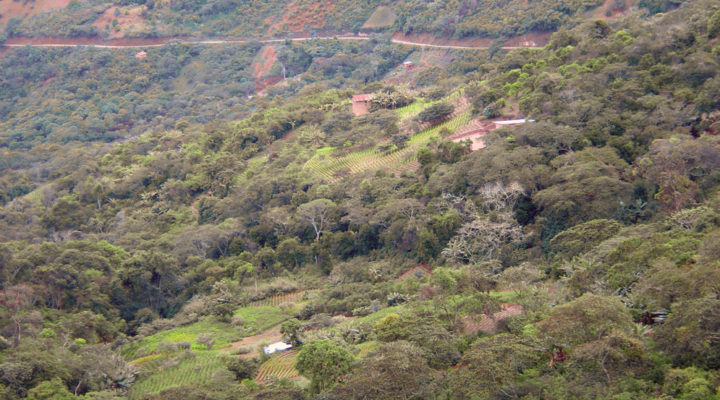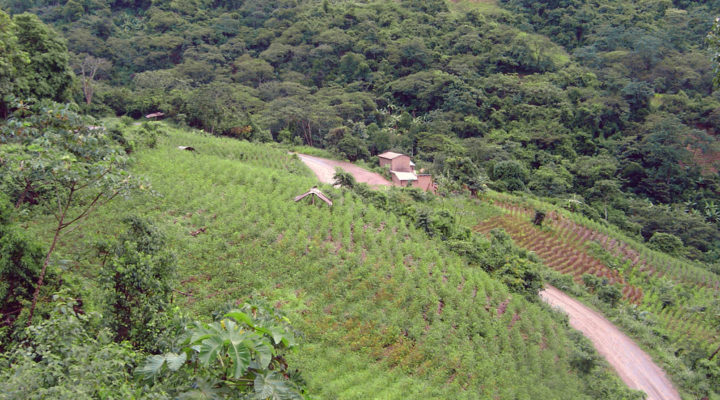ECOLOGY
Emerging neotropical forests
Forest expansion is being observed in South America.
News on forest cover change in Latin America typically refer to the dramatic deforestation in the Amazon or the Chaco. However, many regions in the world are experiencing the opposite pattern of forest expansion due to agriculture abandonment or disintensification. Two new analyses lead by the Instituto de Ecología Regional (IER, CONICET–UNT) of Argentina and the department of Biology of the University of Puerto Rico, document these trends in Latin America.
Sofía Nanni, posdoctoral fellow of the National Scientific and Technical Research Council (CONICET – Argentina), is the first author of a paper in Global Environmental Change (1) that describes the location of forest recovery “hotspots” in Latin America during the 21st century. It identifies 15 hotspots, comprising more than 16 million hectares of “new” (i.e. post 2000) forests, which are grouped into five clusters due to similarities in geographic variables. For example, the cluster of “lowland urbanized areas” includes Cuba and the Atlantic forest of Brazil; the cluster of “rural humid zones” includes the Cerrado, where occurs the largest area of new forests, and the cluster of “populated mountain areas” includes zones in Mexico, Mesoamerica and the tropical Andes.
Precisely in the tropical Andes, characterized by its extraordinarily high biodiversity and value for ecosystem services, a second analysis published in Global Change Biology (2) describes patterns of deforestation and woody regrowth along the elevational gradient in Venezuela, Colombia, Ecuador, Perú, Bolivia and northwestern Argentina. Below 1500 masl, deforestation prevailed due to the expansion of pastures and croplands, but the opposite trend was observed at higher elevations, with important forest expansion, for example, in the south of Bolivia, south of Ecuador and several areas of Colombia. In this last case, however, process could be reverting, as a consequence of the peace agreements that may favor recolonization of previously abandoned agriculture lands.
The articles included authors from 11 countries and the support of international agencies (Mountain Research Initiative, CONDESAN, Partners-NSF, NSF-Coupled Natural and Human Systems), which contributed to build a broad collaborative network. Taken together, these publications provide the most detailed and updated description of forest expansion of extraordinary ecosystem value across Latin America.

